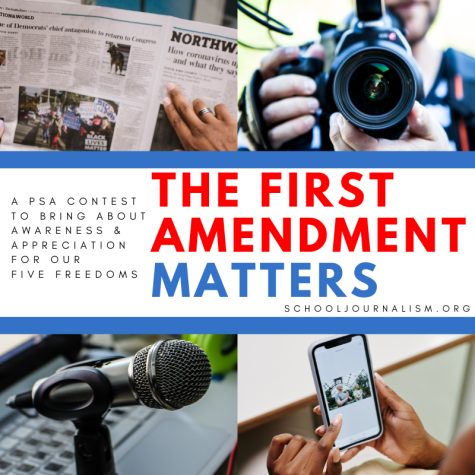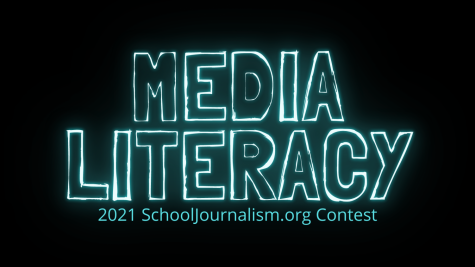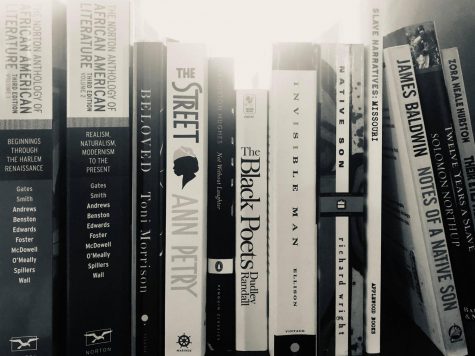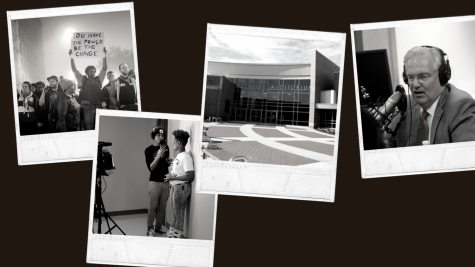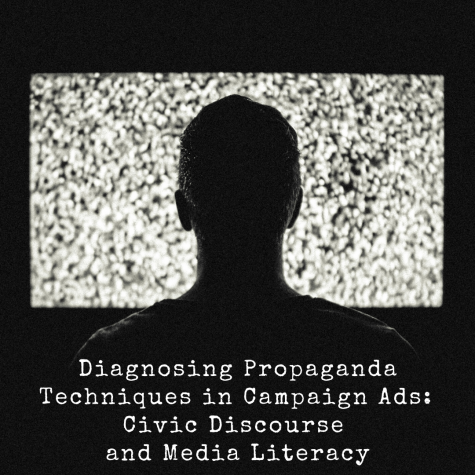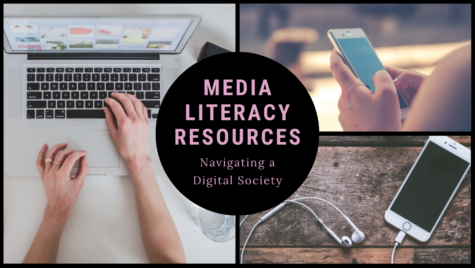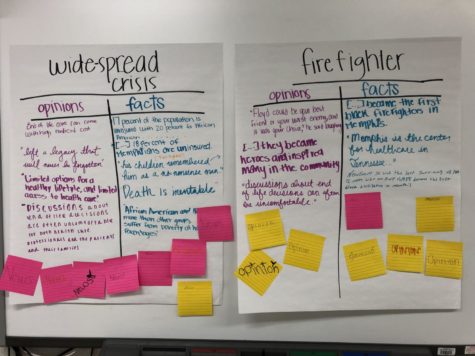Second JEA lesson plan explores technology’s effects on journalism
The second lesson plan in the Journalism Education Association’s “Understanding News Literacy” curriculum focuses on how technology has changed the way journalists conduct their work. “The Changing American Newsroom” explores how the digital age has affected the definition and expectations of journalism, as well as how it applies to daily life.
“In a sense, everything we’re trying to do in a journalism classroom boils down to being news literate: distinguishing fact from opinion, analysis from spin, engagement from awareness,” said Kelly Furnas, executive director of JEA. “On the surface, it might sound like a nebulous, academic term, but (the) curriculum shows how it can be taught in a classroom with practical applications and tangible results.”
Students begin the lesson by thinking of the kind of news stories they see on television and in newspapers and focusing on how these stories serve news consumers. Then, teachers turn the discussion to the Internet’s effect on how people think of the news and select news to consume. Finally, students will reflect on and develop their own codes of ethics to help them become better news consumers and more engaged in the world around them.
A PBS video titled “A New Definition for What’s News” is central to this lesson.
To download this free lesson, visit the JEA site. Members have access to more resources and JEA’s complete curriculum. Click here to become a member.



